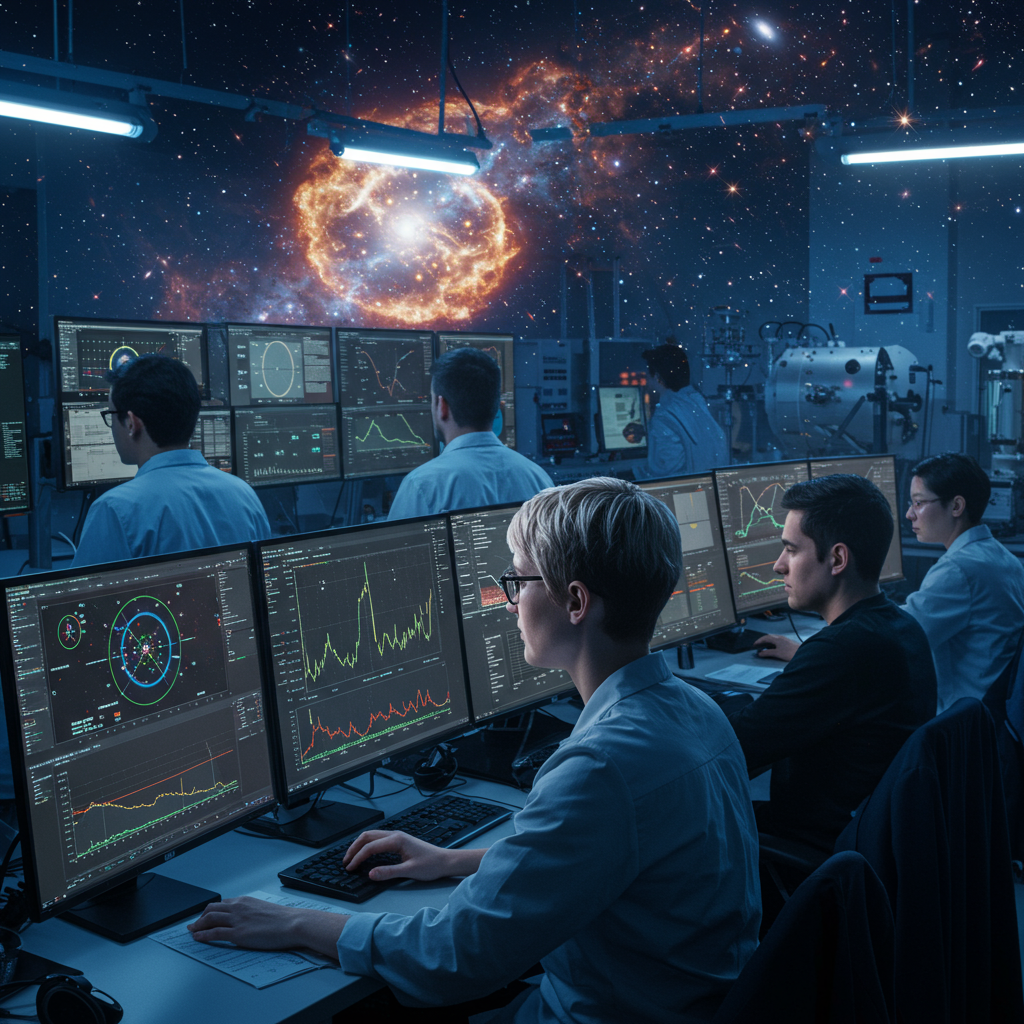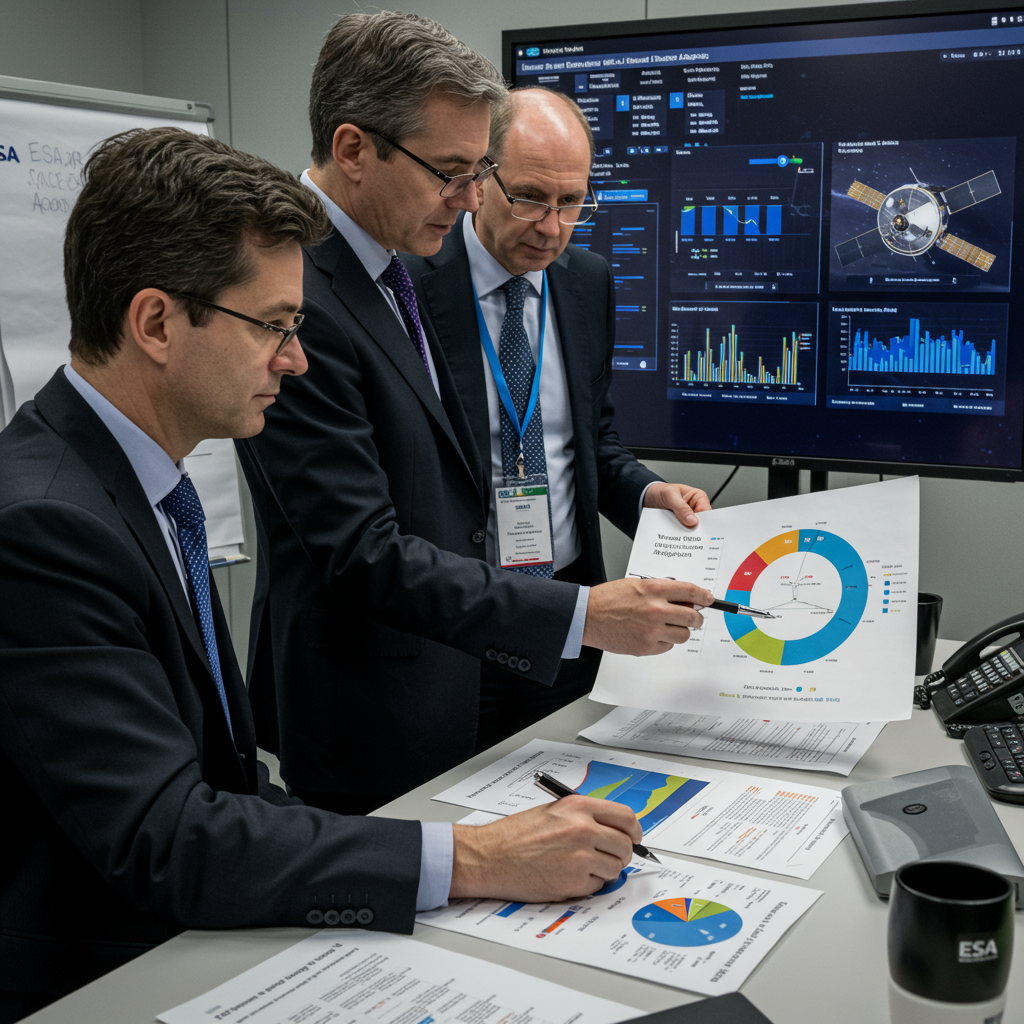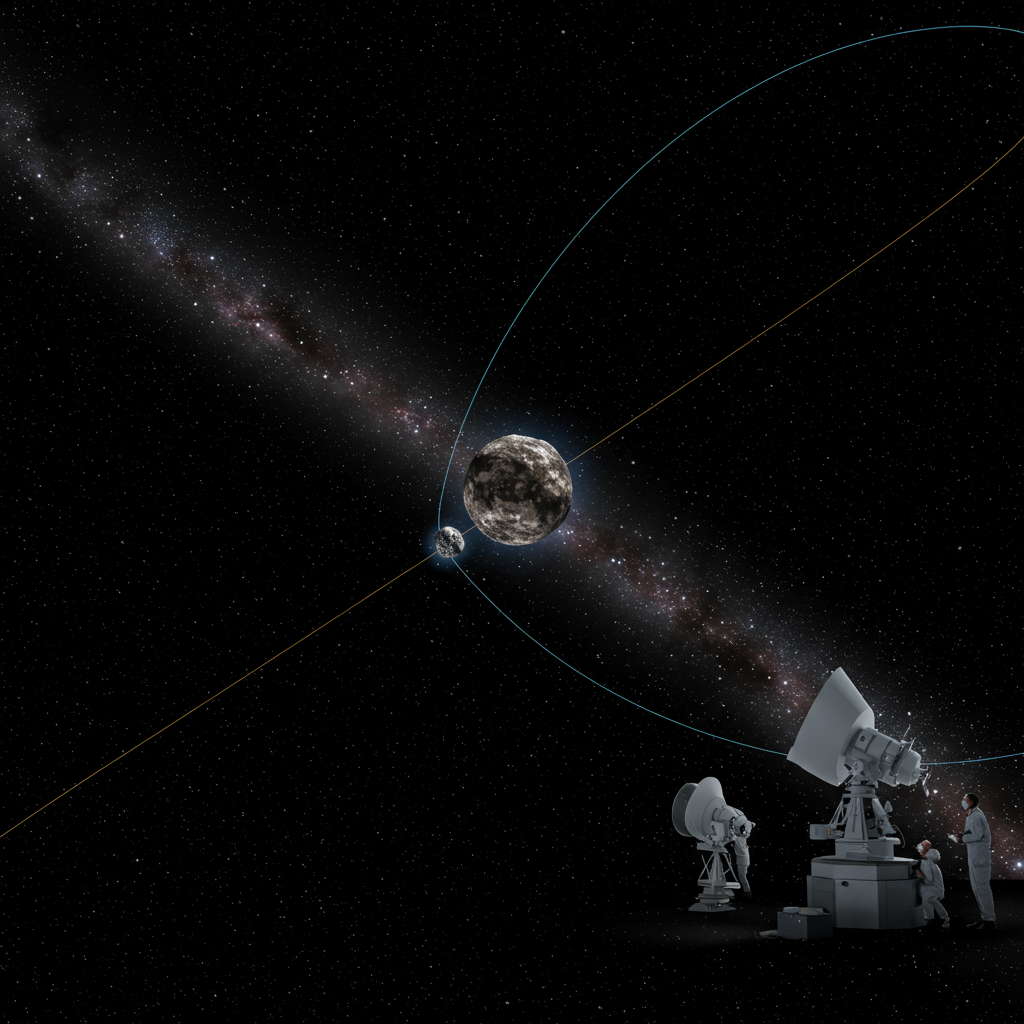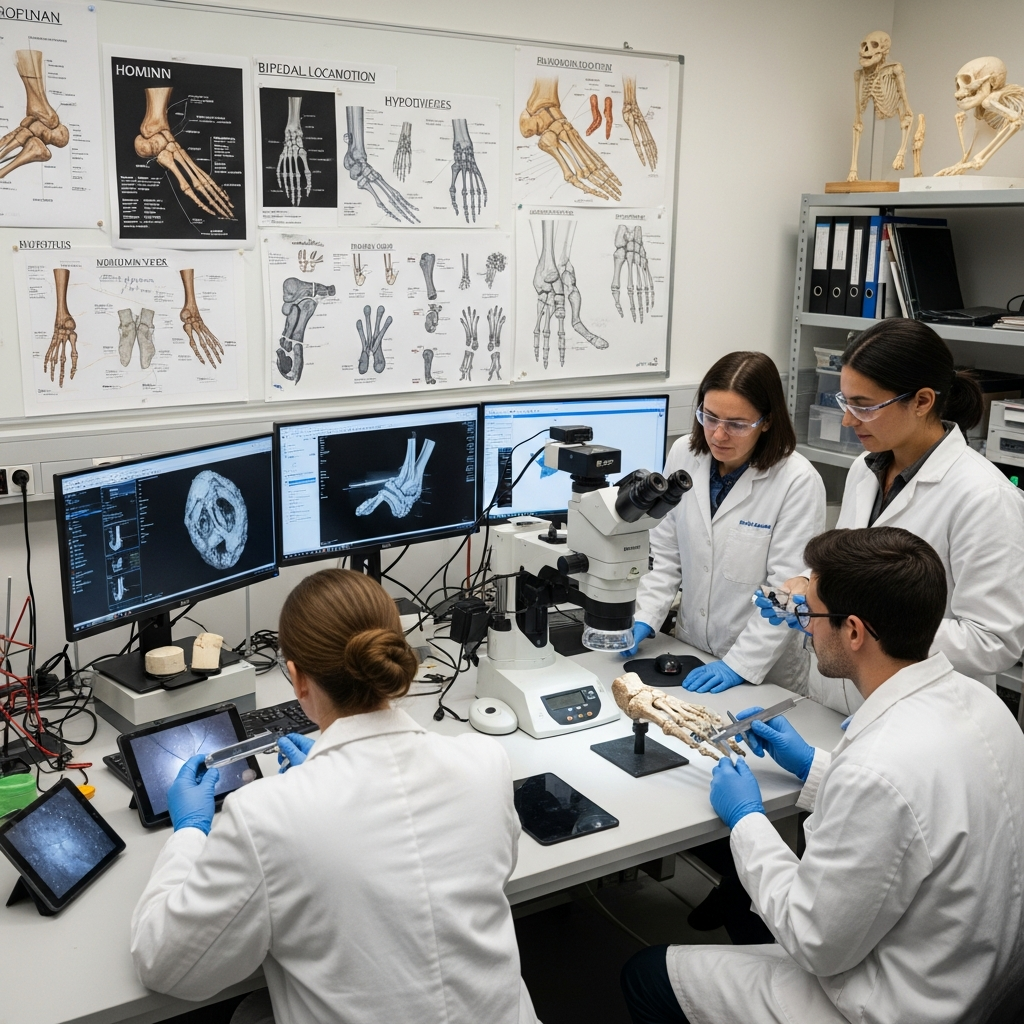For decades, astronomers have been puzzled by a cosmic accounting problem: where is roughly half of the universe’s ordinary matter hiding? This elusive substance, known as baryonic matter – the stuff that makes up everything visible like stars, planets, gas, and dust – seemed to be missing from telescopic observations. Now, scientists say they have finally located this long-sought material, using the power of mysterious cosmic signals called Fast Radio Bursts (FRBs).
This groundbreaking discovery not only solves a significant puzzle in cosmology but also establishes FRBs as potent new tools for mapping the universe.
The Case of the Missing Baryons
The universe is a vast place, but its composition is dominated by invisible forces and substances. While dark matter and dark energy make up the vast majority, approximately 5% of the universe’s total mass-energy is ordinary baryonic matter. However, when astronomers tallied up all the visible baryons in galaxies, stars, and dense gas clouds, they only accounted for about half of the expected amount predicted by Big Bang models.
This discrepancy led to the “missing baryon problem.” Scientists theorized that this missing matter wasn’t truly gone but was spread out in the vast, diffuse spaces between galaxies – the intergalactic medium (IGM) – or within the tenuous halos surrounding galaxies, making it incredibly difficult to detect using traditional methods. Imagine trying to spot a faint fog spread across billions of light-years; that was the challenge astronomers faced.
Fast Radio Bursts: Cosmic Probes
The key to unlocking this mystery turned out to be Fast Radio Bursts. First discovered in 2007, FRBs are incredibly brief, millisecond-long flashes of radio waves originating from distant galaxies. Their exact cause remains largely unknown, but their immense power allows them to travel across vast cosmic distances.
A team led by astronomer Liam Connor, then at Caltech and now at Harvard University’s Center for Astrophysics, recognized that FRBs could serve as ideal “cosmic probes.” As these powerful radio waves journey through the space between galaxies toward Earth, they interact with any matter in their path, including the sparse baryonic material in the intergalactic medium.
Weighing the Cosmic Fog
The crucial technique relies on a phenomenon called “dispersion.” Radio waves within an FRB pulse consist of different wavelengths. As these waves travel through ionized gas (like the hydrogen in the IGM), the longer wavelengths are slowed down slightly more than the shorter ones. This causes the pulse to spread out or disperse by the time it reaches Earth, similar to how a prism splits white light into a spectrum.
By precisely measuring this “dispersion measure” – how much the signal is delayed at different wavelengths – astronomers can calculate the total amount of ionized matter the FRB has traveled through. Study co-author Vikram Ravi, an assistant professor of astronomy at Caltech, likened it to using the FRB as a “backlight” to see the “shadow” of the baryons. While too faint to be seen directly, the shadow still reveals their presence and quantity.
Mapping the Universe’s Ordinary Matter
The research team analyzed data from 69 localized FRBs, originating from distances ranging from about 11.7 million to nearly 9.1 billion light-years away. The most distant FRB included in the study, FRB 20230521B, set a new record for the farthest localized burst ever observed.
To achieve this, they utilized several powerful instruments:
Caltech’s Deep Synoptic Array (DSA) at Owens Valley Radio Observatory detected and localized many of the FRBs.
The Australian Square Kilometre Array Pathfinder (ASKAP) contributed data from other bursts.
Observatories like the W. M. Keck Observatory and Palomar Observatory helped determine the precise distances to the host galaxies of the FRBs.
By combining the dispersion measures from these FRBs with the known distances to their source galaxies, the astronomers were able to map out and quantify the previously unseen baryonic matter along the paths.
Where the Baryons Were Hiding
The results confirm the long-held theory about the location of the missing baryons: they are predominantly floating in the space between galaxies.
The study found that approximately:
76% of the universe’s ordinary matter resides in the hot, low-density intergalactic medium (IGM).
15% is located within the extensive, diffuse halos surrounding galaxies.
The remaining 9% is concentrated within galaxies themselves in the form of stars, planets, and cold gas.
This distribution aligns remarkably well with predictions from sophisticated cosmological simulations, providing the first direct observational confirmation of where the vast majority of ordinary matter in the universe resides. As Liam Connor stated, the “missing baryon problem was never about whether the matter existed… It was always: Where is it? Now, thanks to FRBs, we know.”
Astronomers not involved in the research, like Nicolás Tejos, agree that this work using FRBs has “essentially solved” the missing baryon problem. While other complementary methods are also being used to search for these diffuse baryons, the FRB technique offers a unique and powerful direct probe.
A New Era for Cosmology
This discovery marks a significant step forward in our understanding of the universe’s composition and structure. Knowing the distribution of ordinary matter is crucial for understanding how galaxies form and evolve, as gravity pulls baryons into galaxies, but processes like feedback from supermassive black holes and exploding stars can expel them back into the IGM.
Furthermore, FRBs hold immense potential as tools for future cosmological research. They can help map the structure of the cosmic web – the filamentary network of dark matter and gas that forms the universe’s large-scale structure.
With planned future observatories like Caltech’s DSA-2000 in Nevada, which is designed to detect and localize thousands of FRBs annually, astronomers anticipate being able to create even more detailed maps of the baryonic matter distribution, further illuminating the invisible architecture of the cosmos. As Vikram Ravi put it, “We’re beginning to see the Universe’s structure and composition in a whole new light, thanks to FRBs.”




